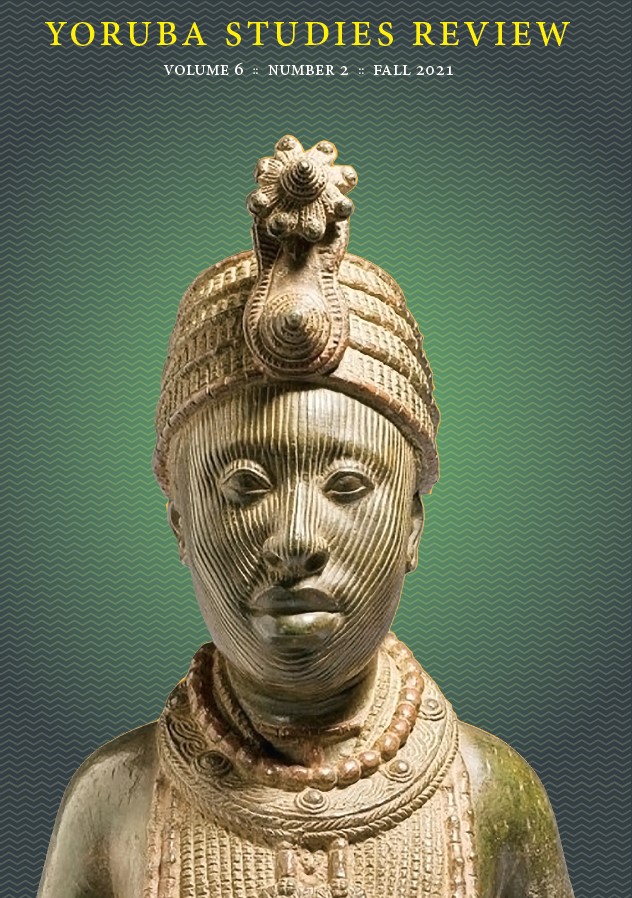Abstract
A known fact that has been established is the importance that Africans, especially the Yorùbá attach to names which is that names serve as a form of identification which may depict family heritage and occupation, and such names convey a deep meaning. It is this last case that the author focuses on in this paper. For quite a number of times over the years, the author has pondered on the correct pronunciation of the name of the female deity in Ilé-Ife ̣ ̀ who had played a very significant role during the time the people of Ife ̣ ̀ were under incessant attacks from their enemies. What we hear every day is “Moremí” with the tonal melodies of (HMH)! 1 We asked quite a number of people the exact meaning of the name with no satisfactory answer. This has led me to undertake this research and as we showed from morpho-syntactic and semantic perspectives, there is nothing like “Moremí” in Ife ̣ ̀ or any other dialects of Yorùbá not to talk of Standard Yorùbá. Instead, what we have is ‘Mọ́rèmí, an abridged form of Ọmọ-ọ́ n rè mí ‘(having) child (ren) pleases me’. We trace this to the transcription of Dúró Ládipo ̣ ̀’s tonal melodies of his song Mọ́remí Àján̄sorò which is basically a perception error. We argue that though “re” is a variant of the verb “rè”, the form “re” only occurs with referential nouns while “rè” is found with short pronouns (Déchaine, 2001).

This work is licensed under a Creative Commons Attribution-NonCommercial 4.0 International License.
